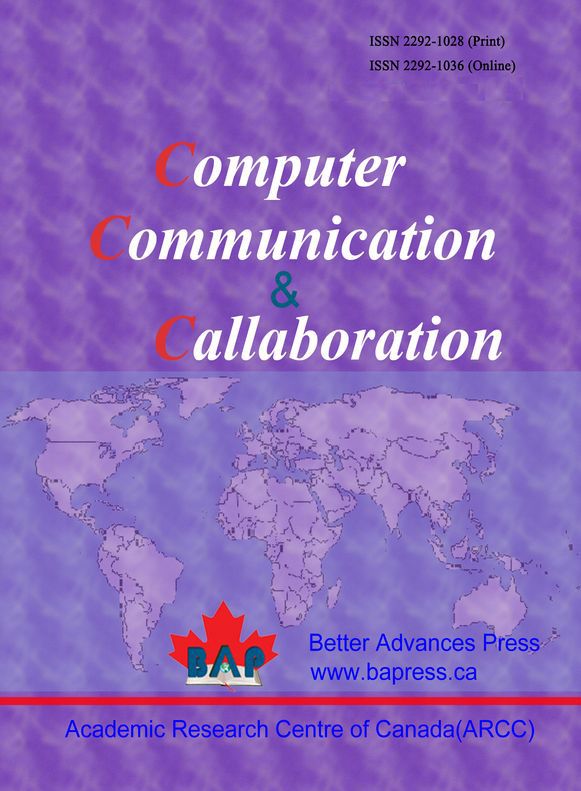Dynamics between Oil Prices and UAE Effective Exchange Rates: An Empirical Examination
Abstract:
Utilizing monthly data for 1994-2017, we investigate the dynamic relationship between real oil prices and the real broad effective exchange rate of the United Arab Emirates (UAE). Our findings indicate that this relationship experienced a structural change around 2008. That is, for both 1994-2008 and 2008-2017, the series each has a unit root, but they possess a long-run equilibrium relationship only for the latter period with the real effective exchange rate asymmetrically responding to eliminate disequilibrium; i.e., the response is relatively small when disequilibrium is negative and relatively large when disequilibrium is positive. Further evidence indicates that oil prices have directional predictive power for the real exchange rate for the period after but not before the 2008 financial crisis. Accurate directional predictions for 2008-2017 imply symmetric loss, meaning that they are of value to a user who assigns the same loss (cost) to upward and downward moves in the real effective exchange rate. These findings are important to both UAE policymakers in promoting trade and attracting foreign investment and to foreign entities which consider the UAE an attractive environment for investing in various sectors.
Keywords:
Foreign exchange; Oil prices; Cointegration; Asymmetric adjustment; Directional accuracy
JEL Classifications:
F31, G15, Q43
Citation as:
Baghestani, H., and AbuAl-Foul, B. M. (2019). "Dynamics between Oil Prices and UAE Effective Exchange Rates: An Empirical Examination", Review of Economics & Finance, vol.16, no.2, pp. 89-103.




 This Journal is under the license of CC-BY-SA.
This Journal is under the license of CC-BY-SA.